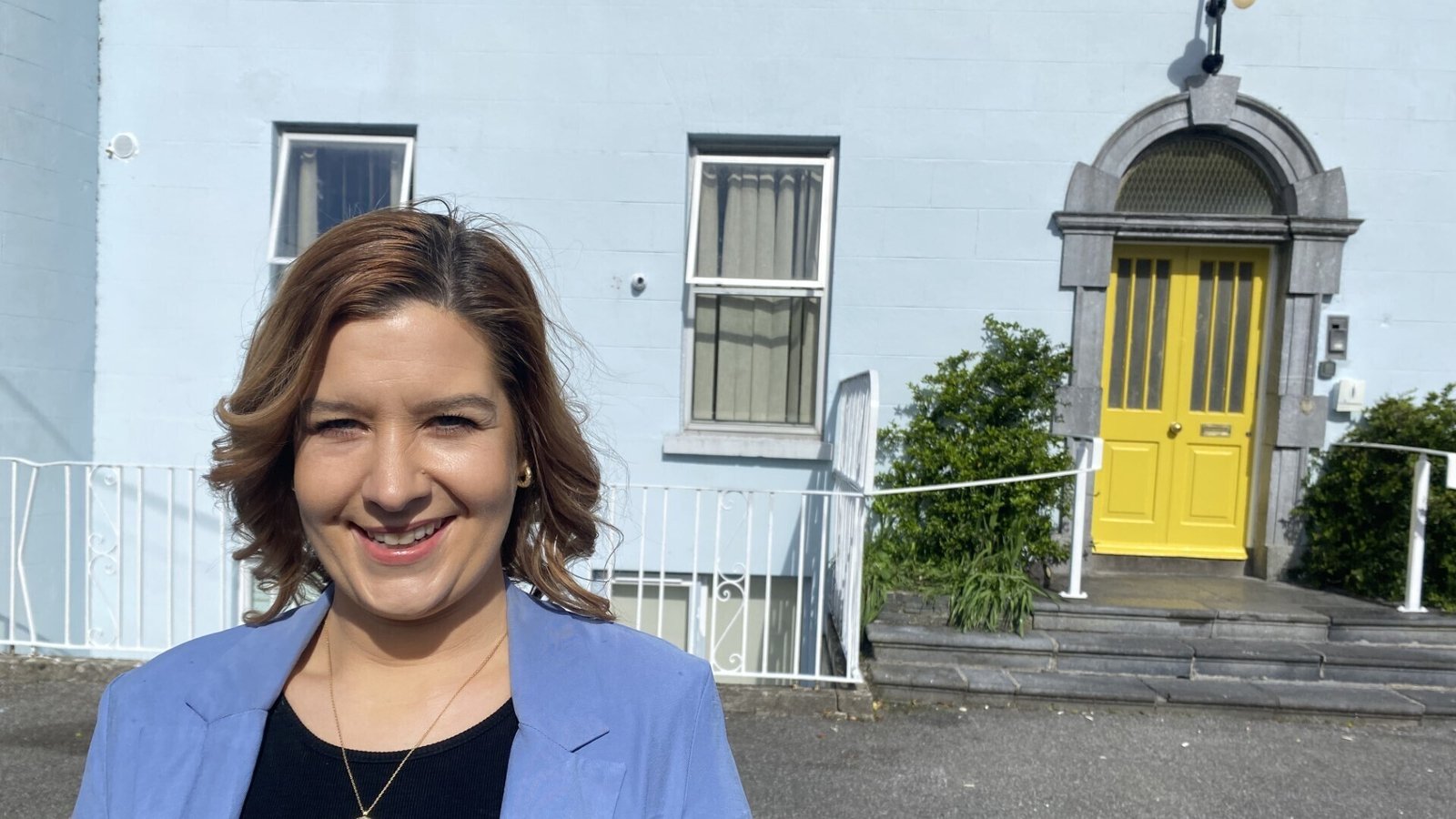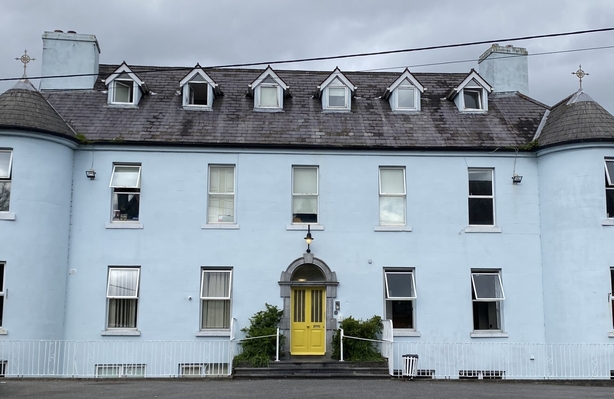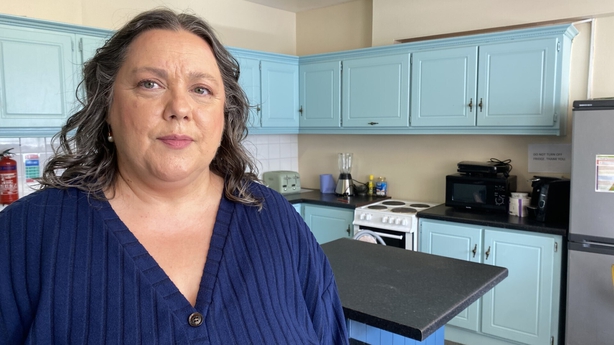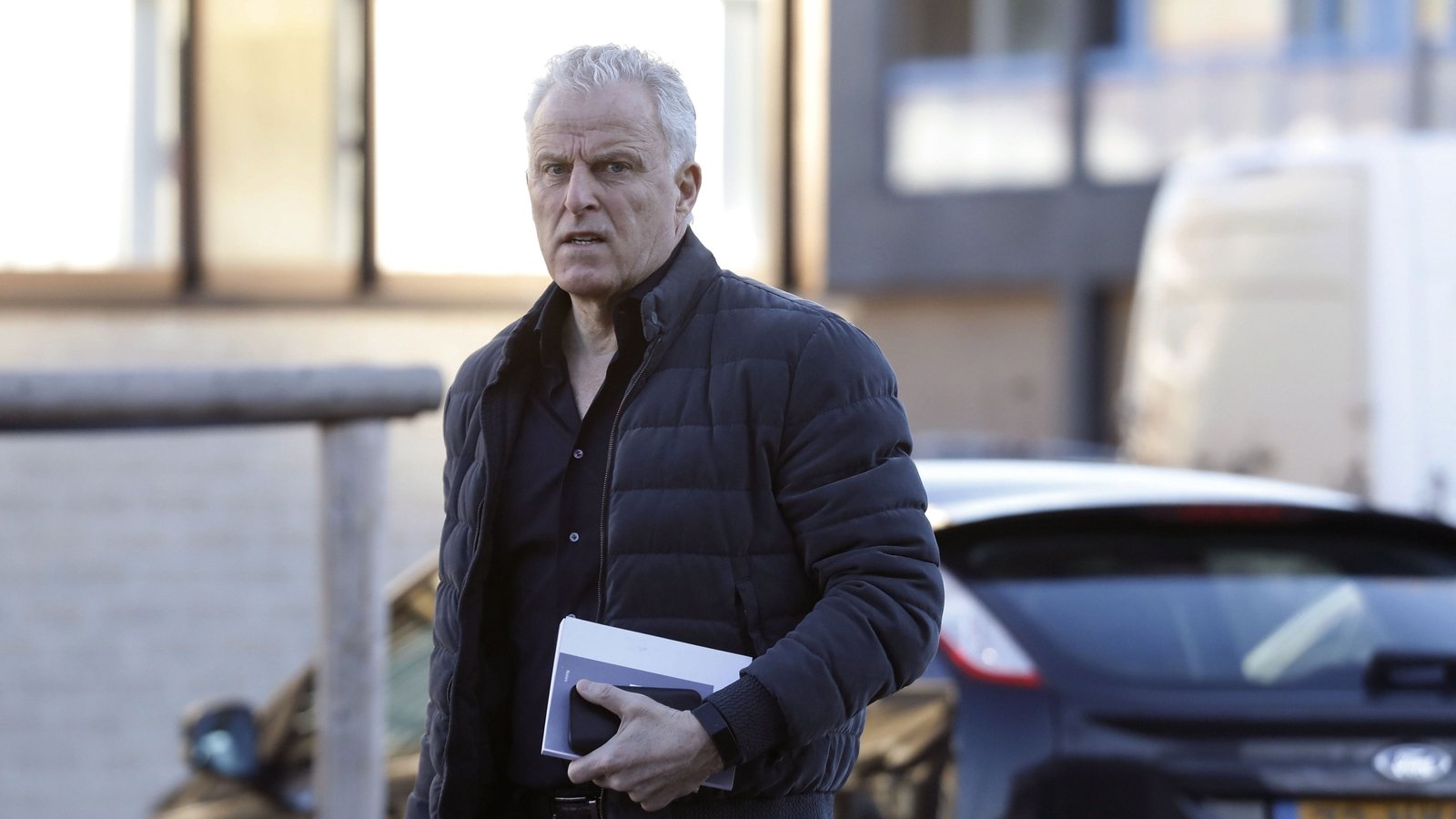Project highlights homelessness risk for disabled people

An organisation which helps thousands of people at risk of homelessness has launched a new ‘front door’ project which aims to highlight the importance of having a home.
The Good Shepherd Centre provides emergency accommodation to between 30 and 40 people at any one time at its base centre in Kilkenny city.
It also has ‘forever home’ units on its grounds as well as hundreds of other units which provide long-term housing to families and single people in Laois, Tipperary, Carlow and Kilkenny.
One of the aims of the new project is to highlight how many disabled people and people with complex needs become homeless or are at risk of homelessness.
It involved the painting of the centre’s main front door in bright yellow in a collaboration between staff and residents.
“We recognise that people who reach that point desperately need to feel hope,” Good Shepherd CEO Noel Sherry said.
“We believe that our Front Door Project symbolises that hope. By painting the door a bright colour, it symbolises that sense of support and home for those in need,” he said.
He said that there is an existing housing crisis in this country but, when it comes to providing disabled people with an accessible home, “we are failing miserably”.

The lack of housing for vulnerable people is forcing people to live in institutions, Mr Sherry said, or in settings that leave them without control over their own lives, with more services, supports and infrastructure needed.
“We have the power to do this across the country, with the right housing capital funding and health supports in place,” he said.
Kilkenny resident Monica McNamara is a member of a family of vulnerable people who found herself facing homelessness a few years ago when the landlord of their rented house had to sell.
She has three neurodivergent children.
“[It was] quite scary considering I have three kids on the spectrum and at the time there was very little available for us to rent, the waiting list for the council was huge,” she said.
The Good Shepherd Centre helped her in the short term, and, with the assistance of staff, she found a long-term home.
She said: “I know we would have ended up homeless because there wasn’t anywhere else we could have gone.
“We couldn’t have been put up in emergency accommodation either because I have three children, so it was a very scary position to find yourself in because you feel very helpless, and you don’t feel you have very many options.
“When you discover how little is around, you get very, very nervous because there was a very high risk that we would have had nowhere to go.”
Her children, as with many, “need structure and routine,” in their home lives, she explained.
“You try and minimise, obviously, for your kids, the amount you have to move. You’re not just thinking about yourself and what you have to manage and cope with, you’re thinking about them as well because they’re your priority,” Ms McNamara said.
That situation can happen to “absolutely anybody,” she added.

Regional manager with the Good Shepherd Centre Catherine White said that approaching the front door of such a place can be a difficult time.
“They’re at rock bottom,” when they get to that point, she said.
“We wanted to give the door a bit of an uplift and make it look more hopeful and inviting for people coming into the service,” Ms White said.
Part of the purpose of the painting was to draw attention to their campaign to highlight the difficulties faced by disabled and other vulnerable people, she added.
Ms White said that one in four who present themselves as homeless have disabilities.
She said: “It’s not just the misconception of those with addition, there’s people with mental health, the elderly are being affected, and obviously families are really struggling as well, so it’s to acknowledge that and let people know this is what’s happening, it’s all walks of life that are being affected,” she said.
However, there is hope, Ms White said.
“You might be hopeless when you get to that door but when you come in, we’re going to help support you, we’re going to help rebuild your life through working together on a care plan, addressing addiction, mental health, getting services such as disability to come on board.
“It’s about housing and health working together and I suppose rebuilding and giving them the skills and tools to move on and not return to homeless services and finding their forever home, that’s the aim,” she said.





